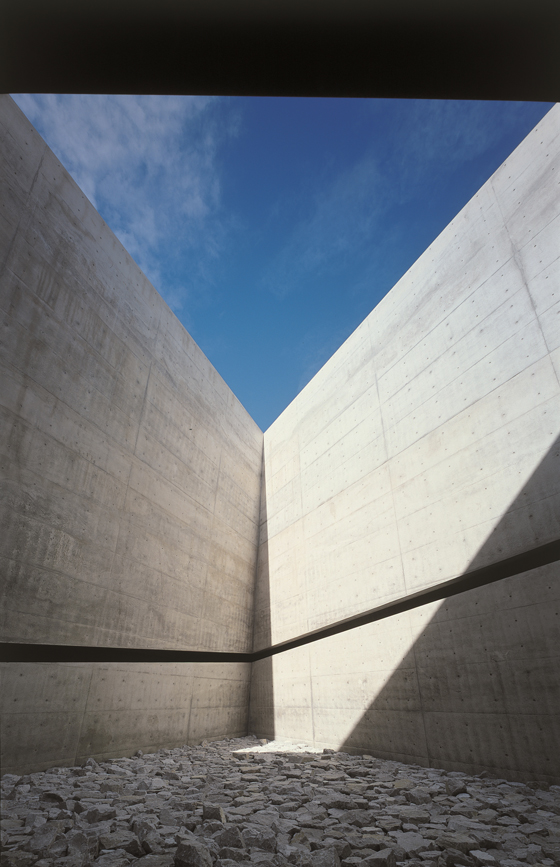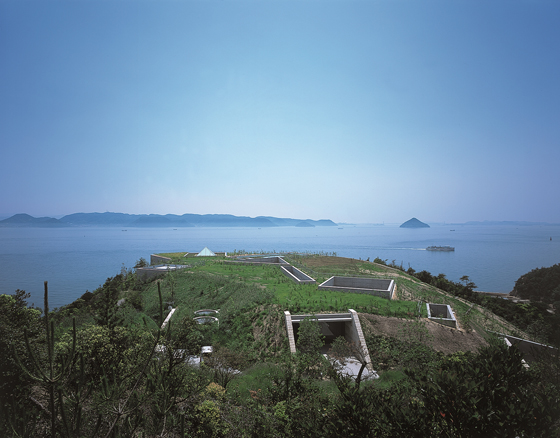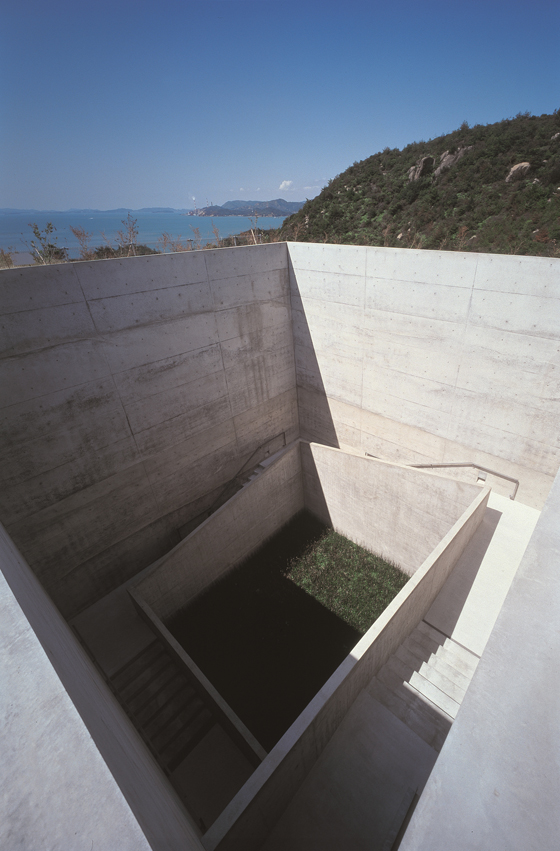Asian Architecture Now: Tadao Ando Architect & Associates and Chichu Art Museum
Text by Eleonora Usseglio Prinsi
31.01.18
This page has been archived and is no longer updated
Architect Tadao Ando's Chichu Art Museum is a masterful exercise in the juxtaposition of shapes, light and darkness.
Within the last thirty years, the island of Naoshima in the Seto Inland Sea of Japan has moved away from its industrial roots to become a Mecca for art. It hosts an outstanding collection of artwork and architectural structures, including the Chichu Art Museum, designed by Tadao Ando Architect & Associates. The aim of the museum is to harmoniously blend art and architecture; it was built to permanently exhibit works by Claude Monet, Walter de Maria and James Turrell.
Chichu Art Museum and Claude Monet Space (bottom). Photos: © FUJITSUKA Mitsumasa (1), © Mitsuo Matsuoka (2), © Naoya Hatakeyama

Chichu Art Museum and Claude Monet Space (bottom). Photos: © FUJITSUKA Mitsumasa (1), © Mitsuo Matsuoka (2), © Naoya Hatakeyama
×Mr Ando, a Japanese architect and Pritzker Prize winner explains, “I had been consistent in the policy to bury structures in order not to damage the landscape. As for Chichu Art Museum, I advanced the policy by leaving the salt terrace unaltered and planning the whole structure to be built underground.” The building is invisible, hidden away underground, but perfectly designed to play with light and darkness. The concrete structure and its sharp geometry generate a series of voids that are the only elements visible from the outside and appear to be a playful selection of pure shapes that carve the landscape in the most harmonious way.
Text by Eleonora Usseglio Prinsi
Portrait image credit: Christopher Schriner






